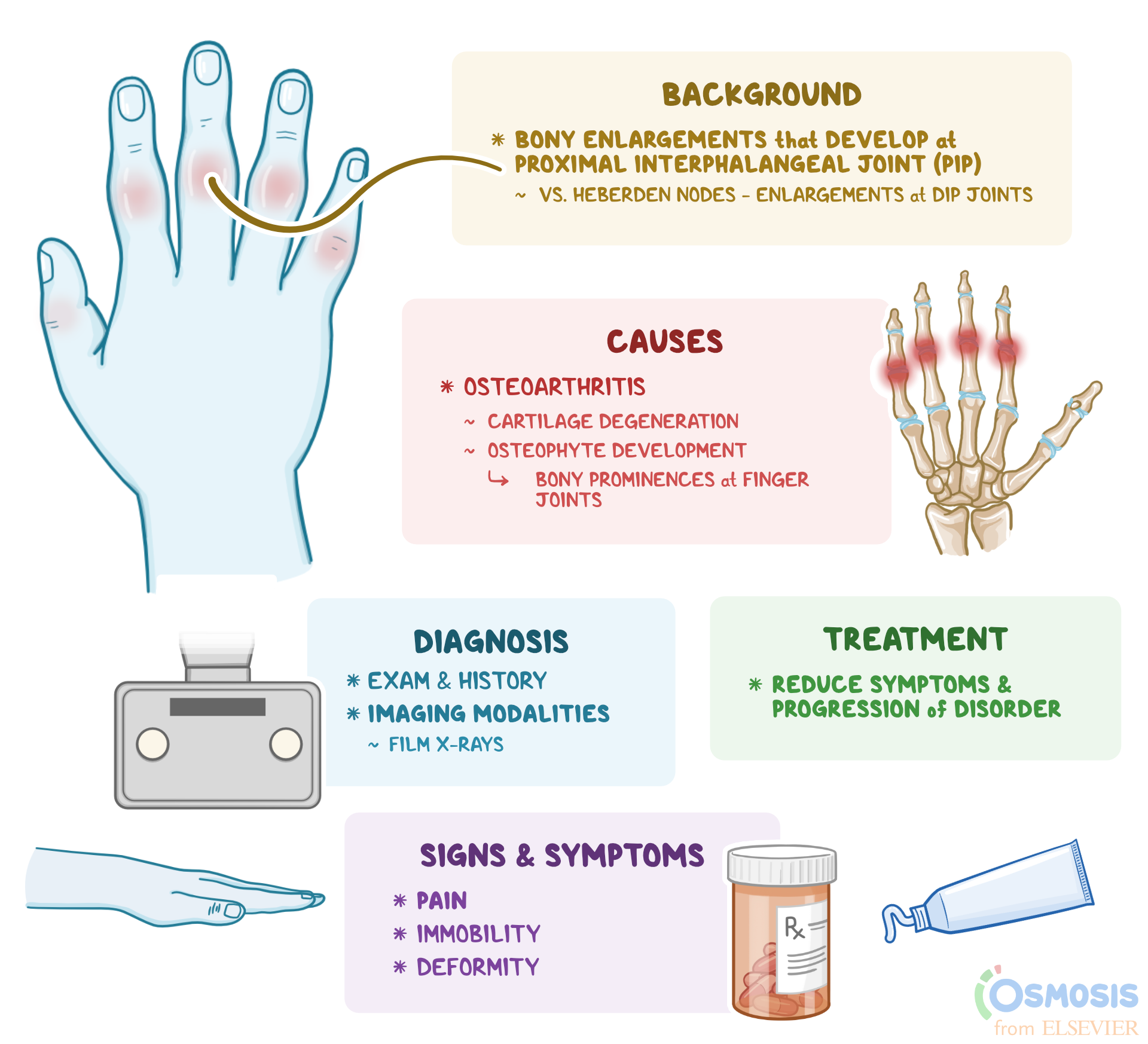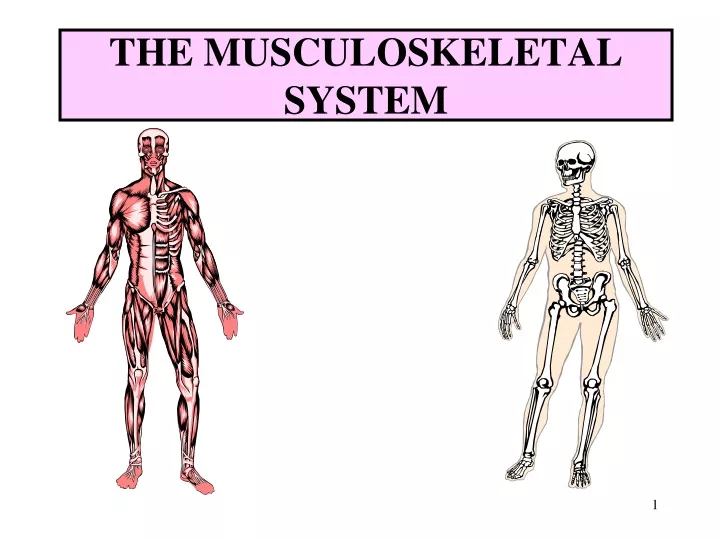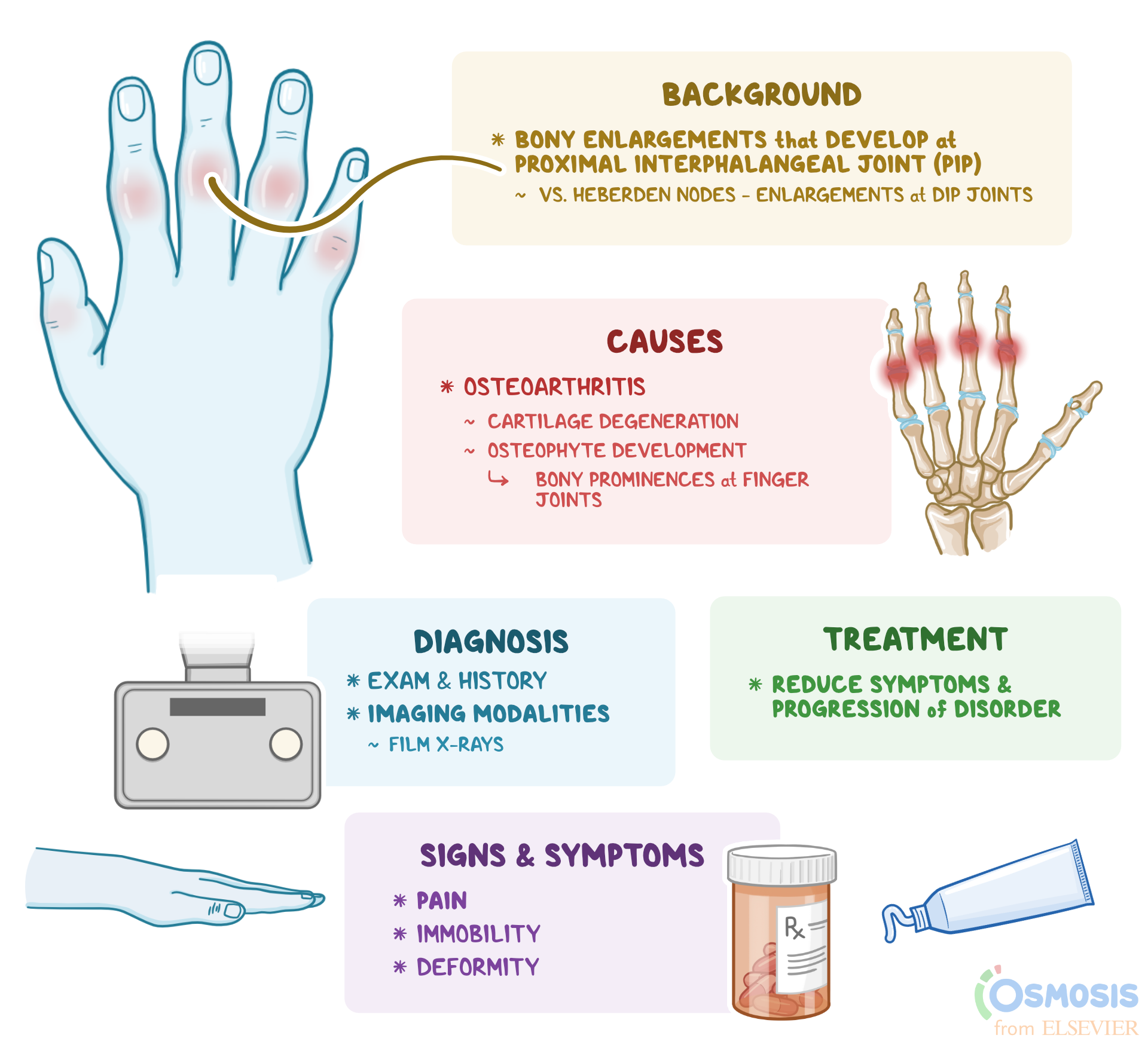Heberden's Nodes

Heberden’s nodes are a type of bony growth that can develop on the joints of the fingers, typically as a result of osteoarthritis. They are named after the British physician William Heberden, who first described them in the 18th century. Heberden’s nodes are characterized by a visible swelling or bony enlargement on the distal interphalangeal joints (DIP joints), which are the joints closest to the fingertips.
Causes and Risk Factors

The development of Heberden’s nodes is closely linked to the degeneration of the cartilage and bone in the joints, which is a hallmark of osteoarthritis. As the cartilage breaks down, the bone underneath can become exposed and start to grow outward, forming a bony spur or node. This process can be triggered by a combination of genetic, environmental, and lifestyle factors, including age, obesity, and repetitive joint stress. According to the American College of Rheumatology, approximately 27 million people in the United States suffer from osteoarthritis, with Heberden’s nodes being a common manifestation of the disease.
Pathophysiology
The pathophysiology of Heberden’s nodes involves a complex interplay between inflammatory and mechanical factors. The breakdown of cartilage in the DIP joints leads to the release of pro-inflammatory cytokines, which can stimulate the growth of new bone tissue. At the same time, the mechanical stress on the joints can cause micro-fractures in the bone, which can also contribute to the formation of bony spurs. A study published in the Journal of Bone and Joint Surgery found that the presence of Heberden’s nodes is associated with a significant increase in joint pain and stiffness, as well as a decrease in functional ability.| Characteristics | Heberden's Nodes |
|---|---|
| Location | Distal interphalangeal joints (DIP joints) |
| Appearance | Visible swelling or bony enlargement |
| Cause | Osteoarthritis |
| Risk Factors | Age, obesity, repetitive joint stress |

Clinical Presentation

The clinical presentation of Heberden’s nodes can vary depending on the severity of the condition. In the early stages, patients may experience mild joint pain and stiffness, particularly after periods of inactivity. As the condition progresses, the nodes can become more prominent, and patients may experience difficulty performing daily activities, such as gripping or grasping objects. A study published in the Journal of Rheumatology found that patients with Heberden’s nodes are more likely to experience joint pain and stiffness in the morning, which can improve with activity.
Diagnosis
The diagnosis of Heberden’s nodes is typically based on a combination of clinical evaluation, imaging studies, and laboratory tests. A physical examination can reveal the presence of bony enlargements on the DIP joints, while X-rays can show the extent of joint damage and bony spur formation. Laboratory tests, such as blood work and joint fluid analysis, can help rule out other conditions that may be causing similar symptoms.Key Points
- Heberden's nodes are a type of bony growth that can develop on the joints of the fingers due to osteoarthritis.
- The development of Heberden's nodes is closely linked to the degeneration of cartilage and bone in the joints.
- The presence of Heberden's nodes is associated with a significant increase in joint pain and stiffness, as well as a decrease in functional ability.
- A comprehensive treatment plan that includes lifestyle modifications, physical therapy, and pharmacological interventions can help alleviate symptoms and improve functional ability.
- Early diagnosis and treatment are essential to prevent long-term disability and improve quality of life for patients with Heberden's nodes.
Treatment Options
The treatment of Heberden’s nodes typically involves a combination of lifestyle modifications, physical therapy, and pharmacological interventions. Lifestyle modifications, such as weight loss and exercise, can help reduce joint stress and improve functional ability. Physical therapy can help improve range of motion and reduce pain and stiffness. Pharmacological interventions, such as nonsteroidal anti-inflammatory drugs (NSAIDs) and biologics, can help reduce inflammation and slow disease progression.Surgical Interventions
In some cases, surgical interventions may be necessary to treat Heberden’s nodes. Joint replacement surgery, for example, can help restore joint function and alleviate pain. However, surgery is typically reserved for patients with severe joint damage and significant disability.What are the symptoms of Heberden's nodes?
+The symptoms of Heberden's nodes can include joint pain and stiffness, particularly in the morning, as well as difficulty performing daily activities, such as gripping or grasping objects.
How are Heberden's nodes diagnosed?
+The diagnosis of Heberden's nodes is typically based on a combination of clinical evaluation, imaging studies, and laboratory tests, including physical examination, X-rays, and blood work.
What are the treatment options for Heberden's nodes?
+The treatment of Heberden's nodes typically involves a combination of lifestyle modifications, physical therapy, and pharmacological interventions, including weight loss, exercise, and nonsteroidal anti-inflammatory drugs (NSAIDs).
In conclusion, Heberden’s nodes are a common manifestation of osteoarthritis, characterized by the development of bony growths on the joints of the fingers. The diagnosis and treatment of Heberden’s nodes require a comprehensive approach, including lifestyle modifications, physical therapy, and pharmacological interventions. By understanding the causes and risk factors of Heberden’s nodes, patients and healthcare providers can work together to develop effective treatment plans and improve functional ability and quality of life.



